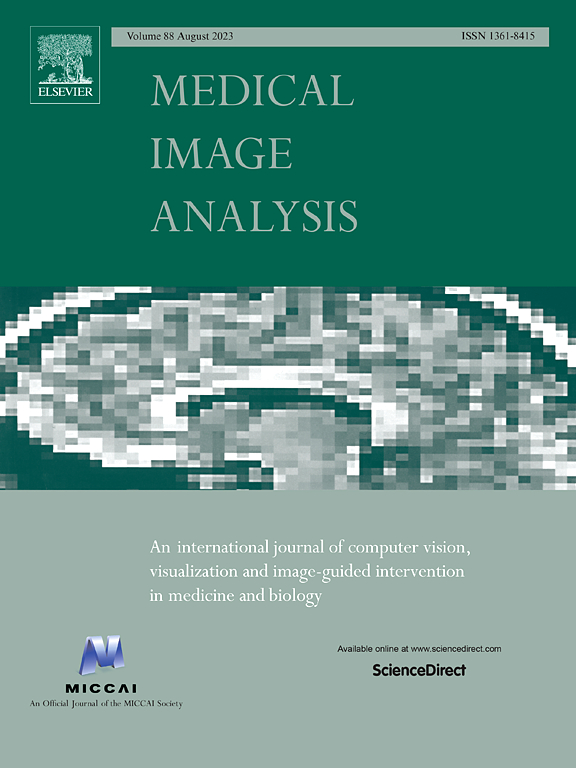When multiple instance learning meets foundation models: Advancing histological whole slide image analysis
IF 10.7
1区 医学
Q1 COMPUTER SCIENCE, ARTIFICIAL INTELLIGENCE
引用次数: 0
Abstract
Deep multiple instance learning (MIL) pipelines are the mainstream weakly supervised learning methodologies for whole slide image (WSI) classification. However, it remains unclear how these widely used approaches compare to each other, given the recent proliferation of foundation models (FMs) for patch-level embedding and the diversity of slide-level aggregations. This paper implemented and systematically compared six FMs and six recent MIL methods by organizing different feature extractions and aggregations across seven clinically relevant end-to-end prediction tasks using WSIs from 4044 patients with four different cancer types. We tested state-of-the-art (SOTA) FMs in computational pathology, including CTransPath, PathoDuet, PLIP, CONCH, and UNI, as patch-level feature extractors. Feature aggregators, such as attention-based pooling, transformers, and dynamic graphs were thoroughly tested. Our experiments on cancer grading, biomarker status prediction, and microsatellite instability (MSI) prediction suggest that (1) FMs like UNI, trained with more diverse histological images, outperform generic models with smaller training datasets in patch embeddings, significantly enhancing downstream MIL classification accuracy and model training convergence speed, (2) instance feature fine-tuning, known as online feature re-embedding, to capture both fine-grained details and spatial interactions can often further improve WSI classification performance, (3) FMs advance MIL models by enabling promising grading classifications, biomarker status, and MSI predictions without requiring pixel- or patch-level annotations. These findings encourage the development of advanced, domain-specific FMs, aimed at more universally applicable diagnostic tasks, aligning with the evolving needs of clinical AI in pathology.
求助全文
约1分钟内获得全文
求助全文
来源期刊

Medical image analysis
工程技术-工程:生物医学
CiteScore
22.10
自引率
6.40%
发文量
309
审稿时长
6.6 months
期刊介绍:
Medical Image Analysis serves as a platform for sharing new research findings in the realm of medical and biological image analysis, with a focus on applications of computer vision, virtual reality, and robotics to biomedical imaging challenges. The journal prioritizes the publication of high-quality, original papers contributing to the fundamental science of processing, analyzing, and utilizing medical and biological images. It welcomes approaches utilizing biomedical image datasets across all spatial scales, from molecular/cellular imaging to tissue/organ imaging.
 求助内容:
求助内容: 应助结果提醒方式:
应助结果提醒方式:


